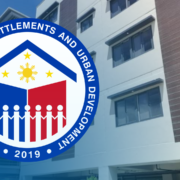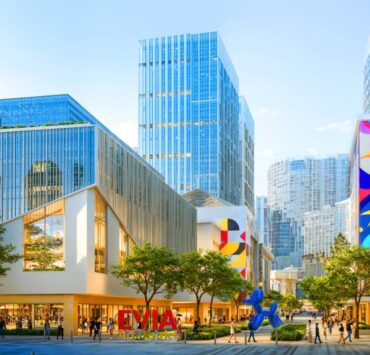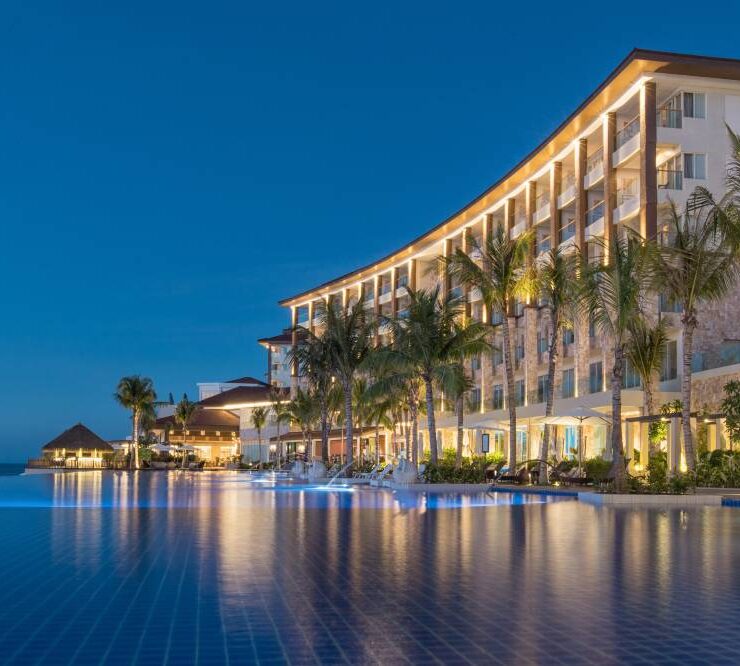New centers of Philippine growth

Philippine cities grow with cranes, condos, and expressways, often repeating inside urban cores while provinces wait on the periphery for investment.
A different future emerges when the country develops new growth centers. Planned townships and regional hubs can rebalance living and working areas, creating communities that reshape the archipelago’s economic landscape.
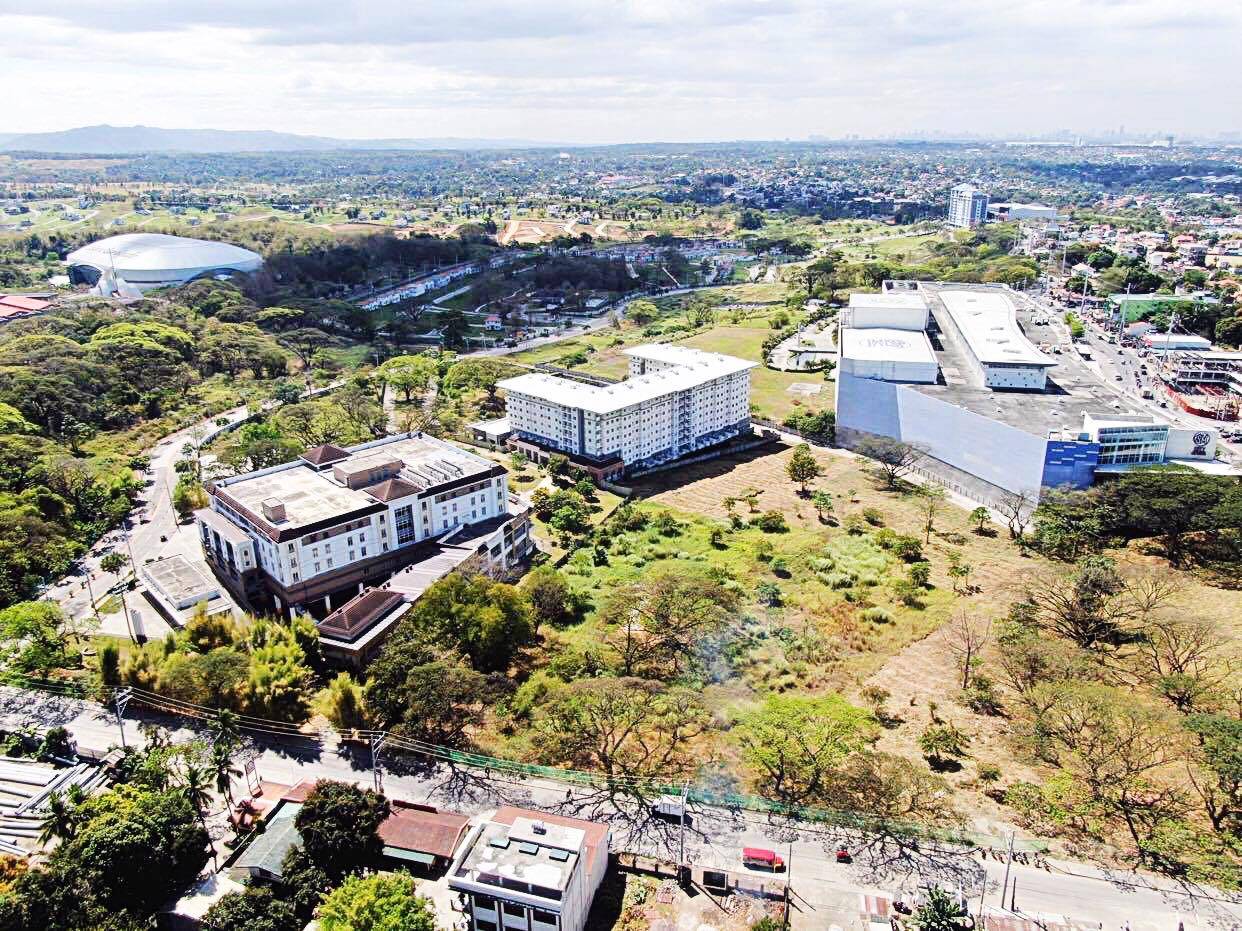
Creating gravity for Philippine growth
When a provincial city gains its own employment clusters, universities, and lifestyle anchors, residents are able to secure opportunities closer to home. Young professionals do not feel compelled to crowd into the few metropolitan areas to build careers, and local governments gain a stronger tax base to finance their own improvements.
A country with many vibrant hubs develops resilience. Economic cycles, climate shocks, or infrastructure disruptions in one region have less power to stall the entire nation when activity spreads across several well-planned districts.
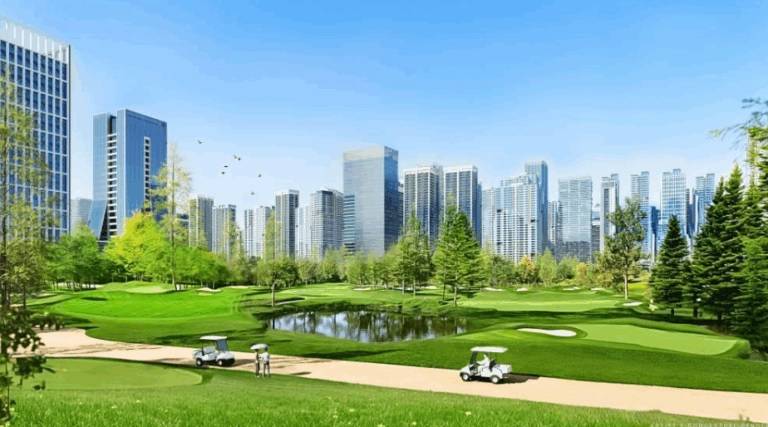
Why fresh centers matter
The Philippines enjoys a youthful demographic profile. The median age remains in the mid-20s, meaning millions of Filipinos are entering their most productive years, with decades of work and consumption ahead of them.
Regional hubs answer this requirement. When business parks, civic institutions, and cultural spaces cluster in strategic provincial cities, the national economy unlocks a broader labor market. Local enterprises that once served only a town or a province gain access to much larger catchment areas as transport links improve.
Instead of speculating on isolated parcels of land, capital flows into masterplanned districts where infrastructure, land use, and market positioning align. Confidence rises when each new building adds value to a coherent urban vision rather than fighting for relevance on its own.
Townships as living districts
Mixed-use townships stand at the heart of this evolution.
These are urban districts where offices, residential towers, neighborhood retail, learning institutions, and green spaces coexist by design. Successful examples function as compact cities, with daily life unfolding within a walkable radius.
When people can walk from home to work, to parks, or cafés, the street stays lively all day. Shops get steady foot traffic, public spaces feel safer, and land values rise as different uses support each other.
For families, the township model offers a richer routine. Children attend nearby schools, elderly relatives access clinics and recreational facilities, and households save time that would otherwise be lost to traffic. This saved time is invested in community life.
Infrastructure as a quiet catalyst
Expressways shorten the distance between provincial cities and major ports. New airports and seaports open logistics corridors that support manufacturing, tourism, and services. Rail lines and rapid transit routes set the stage for transit-oriented districts around their stations.
Each completed link raises the viability of nearby landholdings for township development and signals where new communities can flourish.
Reliable broadband and data connectivity further enable businesses to operate from emerging cities while serving clients worldwide.
Building inclusive, resilient places
Philippine cities sit within a landscape of typhoons, floods, earthquakes, and rising temperatures.
Township plans must therefore integrate generous drainage, retention ponds, coastal protection where needed, and building standards that anticipate climate stresses rather than simply reacting to them.
Green corridors, pocket parks, and restored waterways soften the impact of heavy rains while improving urban comfort on ordinary days. These features transform climate adaptation into a visible urban amenity instead of a hidden technical infrastructure.
A constellation of future communities
The Philippines’ vision brightens with thriving hubs from Northern Luzon to Visayas and Mindanao.
Each center builds its own economic and cultural identity while staying connected through national infrastructure and investment.
When new centers of growth align with sound planning, ambitious infrastructure, and inclusive community building, they become engines of opportunity for generations.
The country gains a richer urban landscape where prosperity takes many forms and where every well-planned township extends the promise of a better everyday life.
The author (www.ianfulgar.com), is a leading architect with an impressive portfolio of local and international clients. His team elevates hotels and resorts, condominiums, residences, and commercial and mixed-use township development projects. His innovative, cutting-edge design and business solutions have garnered industry recognition, making him the go-to expert for clients seeking to transform their real estate ventures












